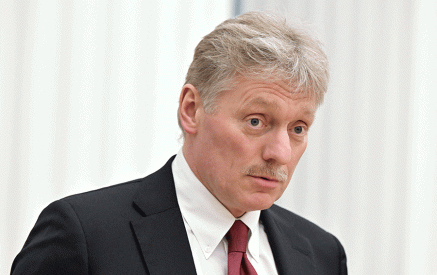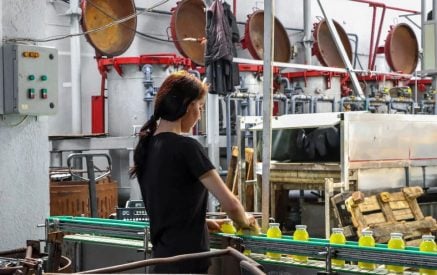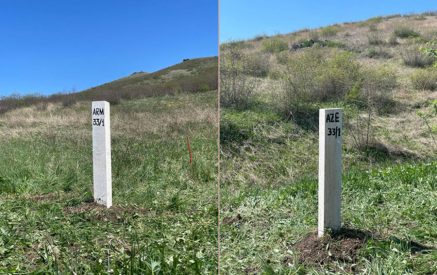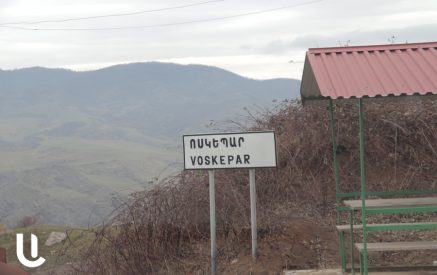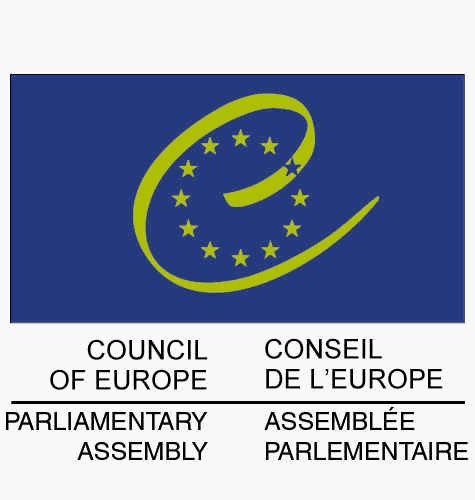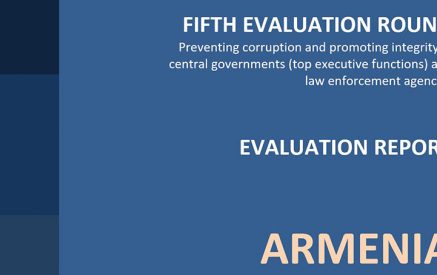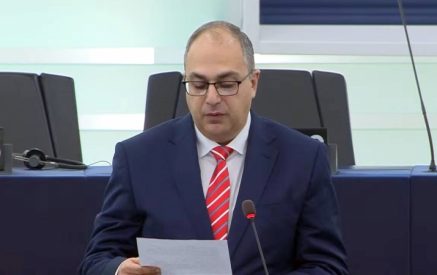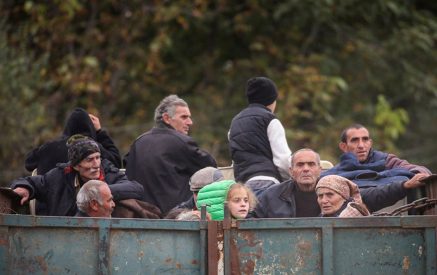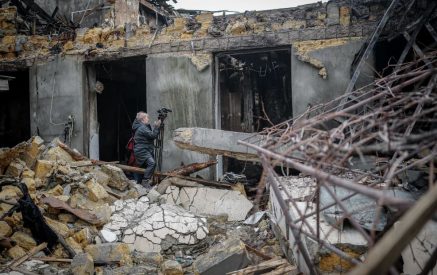The overall imprisonment rate in Europe fell by 6.6% between 2016 and 2018 – from 109.7 to 102.5 inmates per 100,000 inhabitants- according to the Council of Europe Annual Penal Statistics for 2018 (SPACE), published today (see also the key findings).
This decrease continues a trend that started in 2012 when the incarceration rate, an indicator mainly determined by the length of the prison sentences, began to fall. The reduction of the incarceration rate in 27 prison administrations in 2018 was accompanied by a decrease in the average length of imprisonment, which fell from 8.8 to 8.2 months (-6.8%) across Europe. In contrast, the percentage of pre-trial detainees increased from 17.4% to 22.4% of the total prison population.
The countries where the incarceration rate decreased the most were Romania (-16%), Bulgaria (-15%), Norway (-11.6), Finland (-9.9%) and North Macedonia (-9.7%), followed by Armenia (-8.7%), Latvia (-8.4%), Luxembourg (-7.1%), Estonia (-5.7%) and Cyprus (-5.5%). On the other hand, incarceration rates increased the most in Iceland (+25.4%), Italy (+7.5%), Netherlands (+5.9%), Denmark (+5.8%) and Montenegro (+5.5%).
Countries with particularly high incarceration rates continued to be Russia (418.3 inmates per 100,000 inhabitants), Georgia (252.2), Azerbaijan (235), Lithuania (234.9), Republic of Moldova (215.2), Czech Republic (208.8), Latvia (194.6), Poland (194.4) and Estonia (191.4). Not taking into account countries with less than 300,000 inhabitants, the lowest incarceration rates were found in Iceland (46.8), Finland (51.1), Netherlands (54.4), Sweden (56.5), Denmark (63.2), Slovenia (61.1) and Norway (65.4).
Read also
The prison density, an indicator of possible overcrowding, remained relatively stable. According to the data provided by member states, overall 91.4 of every 100 available places in prisons were occupied, slightly higher than in 2016 (91.1). However, the situation varied across countries and can also greatly vary in different prisons in the same country.
Eight countries reported a serious overall problem of overcrowding in their prison administrations: North Macedonia (122.3), Romania (120.5), France (116.3), Italy (115.0), Republic of Moldova (113.4), Serbia (109.2), Portugal (105.9) and the Czech Republic (105.6). Another four had a prison density above 100 inmates per 100 places Greece (101.0), Austria (100.7), Slovenia (100.5) and Denmark (100.5).
In 2018, over one third of prisoners were serving sentences for crimes involving violence. This included homicide (13.1% of inmates), assault and battery (5.1%), rape and other sexual offences (7.5%) and robbery (10.5%). Almost 3 out of 100 inmates were serving sentences for road traffic offences, slightly lower than those sentenced for economic and financial crime (3.8%).
Drug offences (16.8%) and theft (15.6%) continued to be the crimes for which inmates were imprisoned most often, although the proportions of those serving sentences for theft fell by 15% and for drug offences grew by 9.7%. The proportion of inmates serving sentences for drug offences was particularly high (more than a quarter of all prisoners) in Latvia, Georgia, Greece, Italy, Cyprus, Azerbaijan, Estonia and Iceland.
The proportion of foreign inmates fell by 4.8% (from 16.7% of the total prison population in 2016 to 15.9% in 2018), continuing the decreasing trend seen in previous years. However, great differences persisted across the continent: in 15 countries, mostly in Northern and Western Europe, more than 25% of inmates were foreigners, whereas in twelve states from Central and Eastern Europe, less than 5% of inmates were foreigners.





